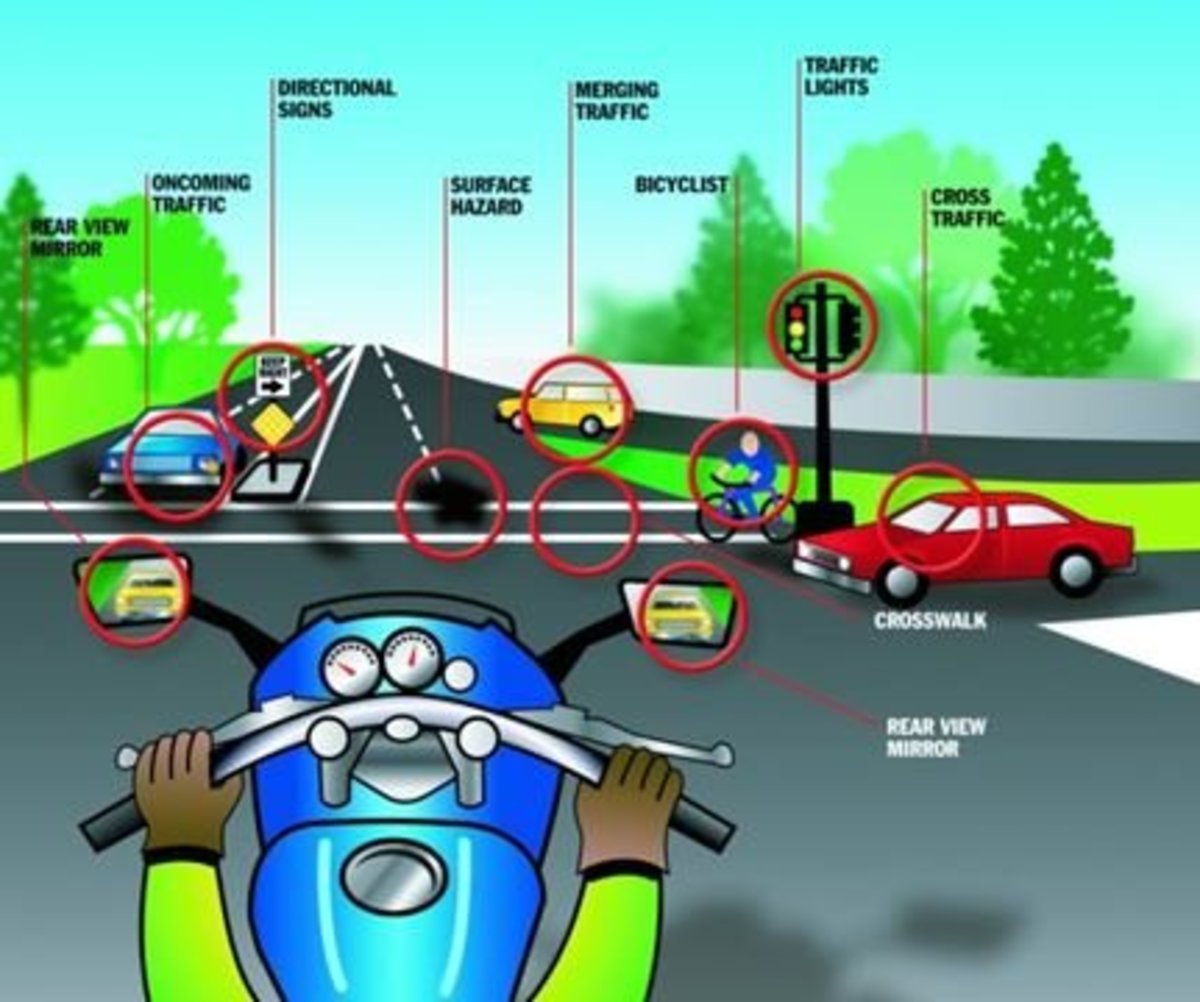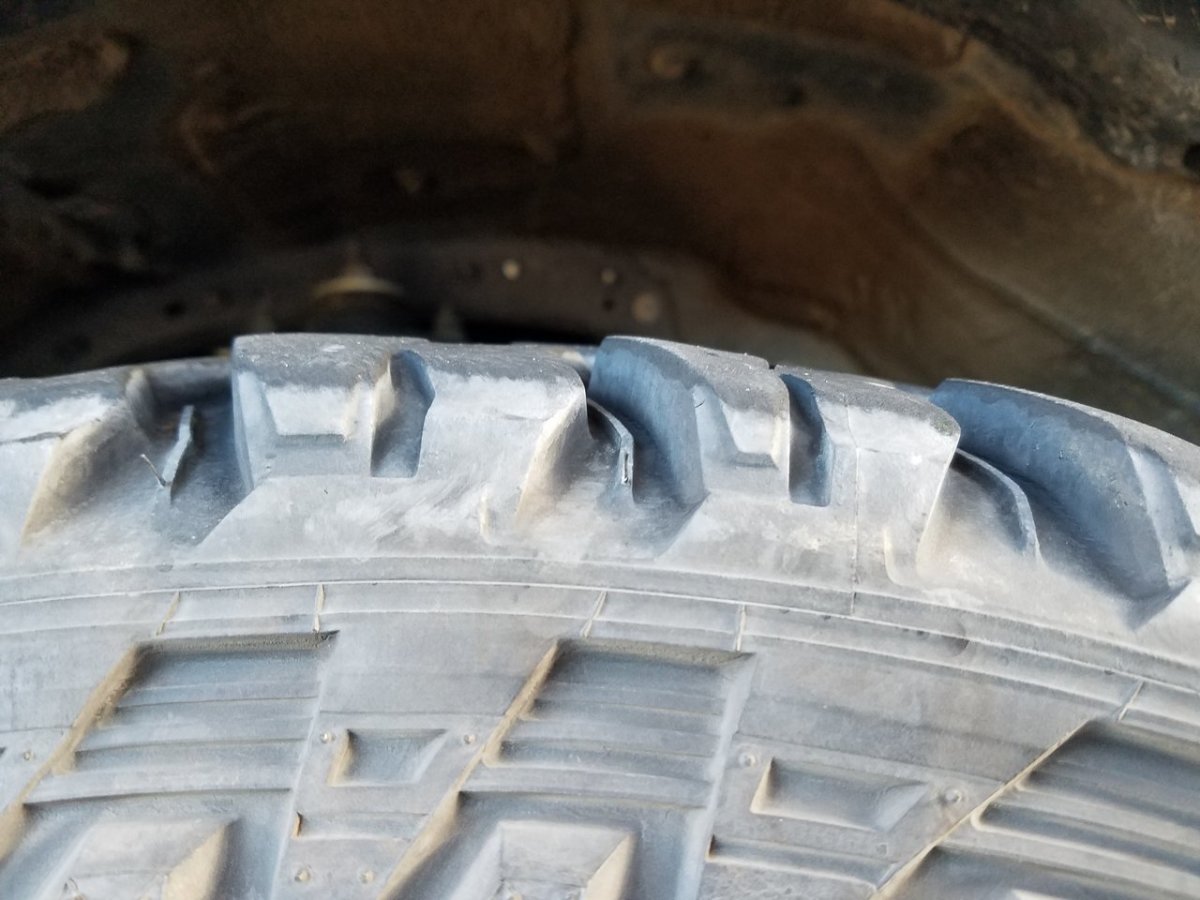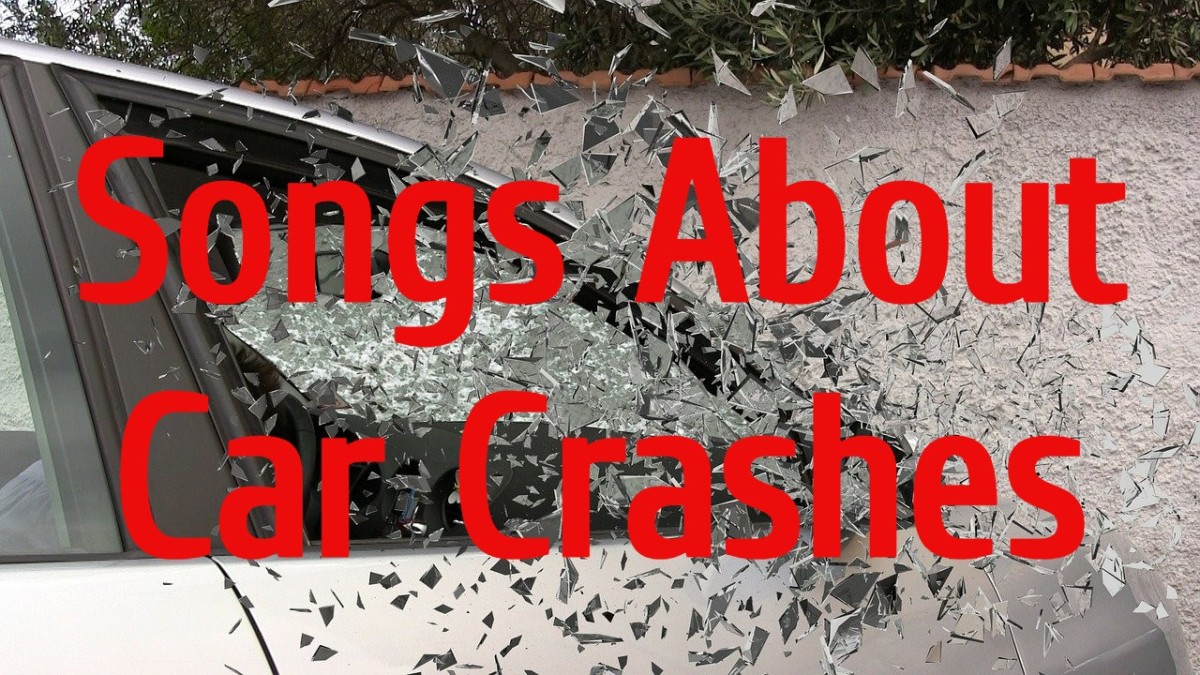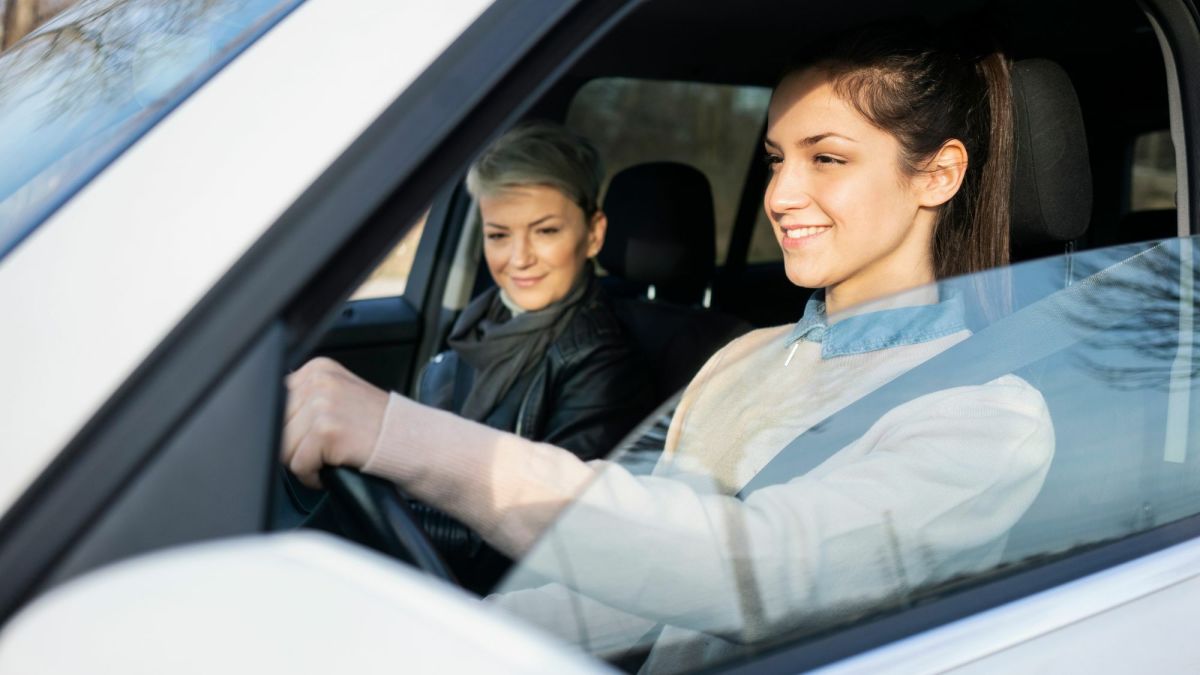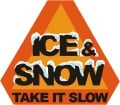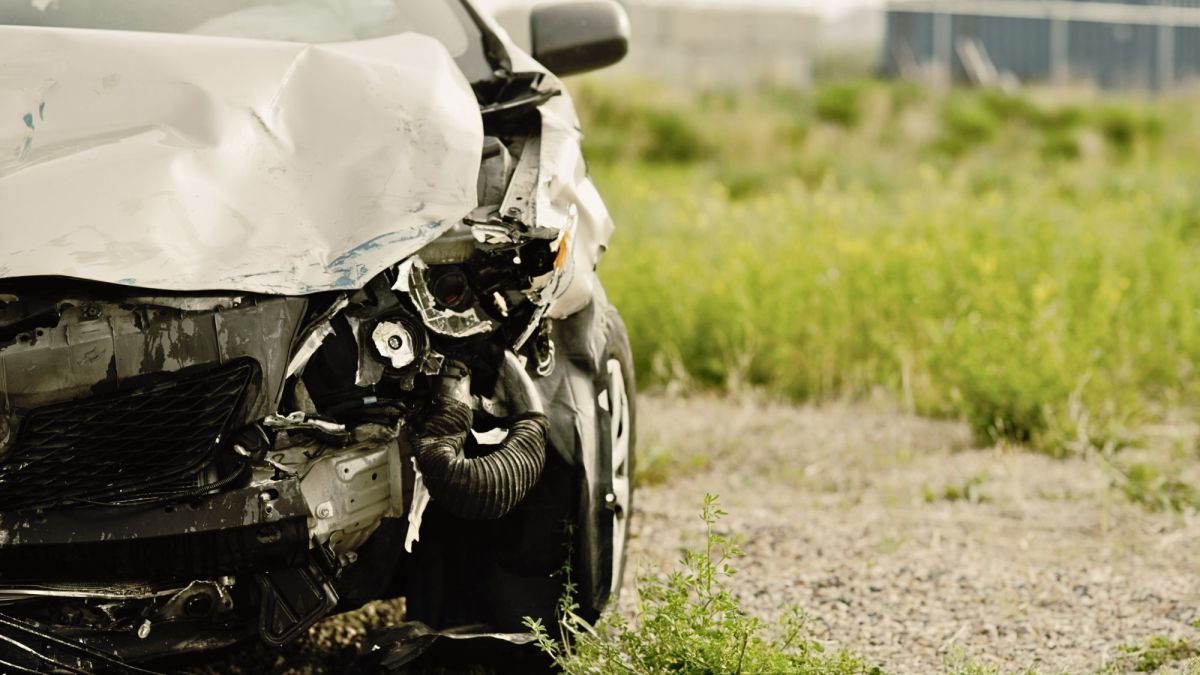Defensive Driving, Most Complete Guide part I
Educating with values
Traffic is done by people. And, as in other
human activities, four principles are important to the relationship
and social coexistence in transit.
The first is human dignity, which consist in human rights and fundamental values and attitudes for democratic social coexistence and mutual respect and absense of discrimination of any kind, necessary attitude to the promotion of justice.
The second principle is the equality of rights. All have the opportunity to exercise full citizenship and, therefore, there must exist equality, yet theres the need to consider the differences of people to ensure equality which, in its time, based on solidarity.
Another is the participation, the reasons for mobilization society to organize itself around the problems of transit and its consequences.
Finally, the principle of co-responsibility for social life, regard to the formation of attitudes and learn to value behaviors necessary for safety in transit, to accomplish the right to mobility for all citizens and require the government actions of improvement of public spaces, build new and better roads and keep the old ones safe.
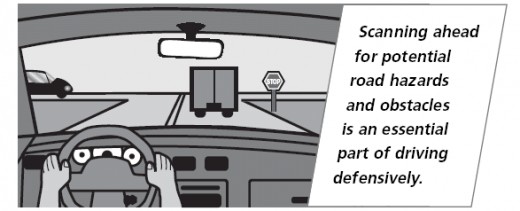
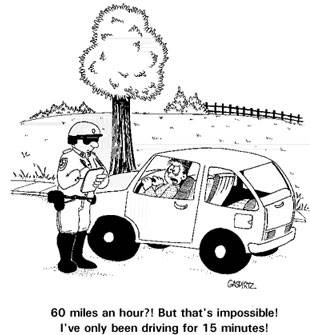
Risks, hazards and accidents
In everything we do there is a amount of risk: whether at work, when repairing something at home, playing, dancing, practising a sport or even going through the streets.
When a situation of risk is not perceived, or when a person can not see the danger, increases the chances of an accident to happen.
Traffic accidents result in damage to vehicles and their loads and cause injuries in people. It is not necessary to say that they are always bad for everyone. But you can help prevent
and collaborate to reduce accidents:
■ the suffering of many people, and deaths caused by
injuries, with sequelae including physical and / or mental,
often irreversible;
■ financial losses, loss of income and remoteness
labor;
■ legal constraints, for police investigations and
proceedings, which may require the payment of
damages and even jail to those held responsible.
Defensive or safe driving
Defensive or safe driving, is the best way to drive and to behave in traffic, because it helps to preserve life, health and the environment. But what means defensive?
It is the way you read the streets and situations, which allows you to recognize early the dangerous situations and predict what may happen to you, with your companions, with your vehicle and the other users of the road.
For this, you will learn the concepts of defensive driving and use this knowledge effectively. Always drive carefully, to predict in advance what to do and take the right decisions to prevent accidents.
The first thing to learn is that no accident happens by chance, by the work of fate or bad luck. In most of accidents, the human factor is present, drivers and pedestrians held a good dose of responsibility.
All tragic occurrence, when predictable, is preventable. The risks and dangers to which we are subjected in transit related:
■ Vehicles;
■ The conductors;
■ The Inland Transit;
■ The Environment;
■ The behavior of people.
Later we will examine separately the principal risks and dangers.
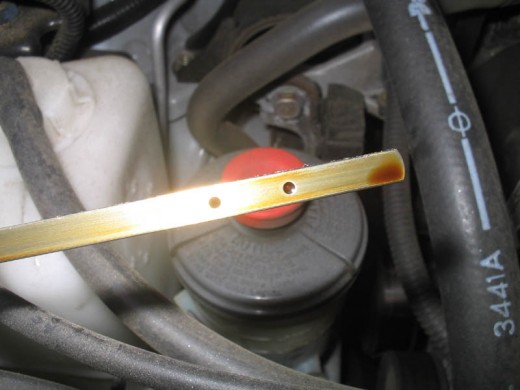
Vehicle
and others.
Other equipment is adequate to reducing the impacts caused in cases of accidents, such as safety belts, the "Air-bag" and the body of the car.
Maintain such equipment in good condition is important for them to meet their duties.
Periodic and Preventive Maintenance
All systems and components of your vehicle wear out with the use. The wear of a component can harm the operation of others and compromise its security. This can be avoided by observing the life and durability defined by the manufacturers for the components within certain conditions of use.
To keep your vehicle in safe conditions, create the habit to make regular preventive maintenance. It is essential to minimize the risk of traffic accidents.
Please respect the deadlines and guidelines and the owner's manual, where necessary, use qualified professionals.
A maintenance done up to date prevents losses, costs with repairs and, especially,
accidents.
THE VEHICLE
Check up of the vehicle
■ Fuel: see in the panel if you have sufficient to reach the destination;
■ Level of oil brake, engine and hydraulic steering: observe their tanks, as state in the owner's manual;
■ Level of oil of the transmission system (exchange): to vehicles with automatic transmission, see the level of the reservoir. In other vehicles, look for leaks under the vehicle;
■ Water of the radiator: the water in refrigerated vehicles, see the level of the reservoir of water;
■ Water System windshield wiper: check the reservoir of water;
■ Reeds of windshield wiper: replace, if resected;
■ DEMISTERS front and rear (if any): make sure they are functioning correctly;
■ Operation of lights: check visually that all are lighting (lights low and high);
■ Adjustment of headlights: run by professionals authorized;
■ Front and rear lamps, lights, indicative of direction, brake light and taillight: visual inspection.

Tires
Tires have three important functions: drive, and brake
maintaining, the driveability of the vehicle. Check if:
■ Calibration: Follow the manufacturer's recommendations
vehicle, observing the situation of loading (cargo and empty
maximum). If tires have shrivelled his lifetime surely decreased,
will affect the stability, increase the consumption of
fuel and reduce the grip on the road with water.
■ Wear: the tire grooves should be at least 1.6
mm deep. The function of grooves is
allow the flow of water to ensure perfect
adherence to the floor and security in case of
wet floor.
■ Deformations in the carcass: see if the tires are not
blistered or with cuts. These deformations can cause a
burst or rapid loss of pressure.
■ Dimensions Irregular: Do not use tires of a model or different sizes recommended by the manufacturer, they probably will reduce the stability and other wear components of the suspension.
You can identify other problems with the tires ease. Vibration of the steering wheel indicate possible problems with to balance the wheels. The vehicle pulling to one side indicates a possible problem with the calibration of tires or the alignment of direction. All this may reduce the stability and the ability to braking the vehicle.
THE VEHICLE
A stability
the vehicle
is also
related
with
calibration
the correct
tires.
Remember that all of these recommendations also
apply to spare tire, in vehicles where it is required.

